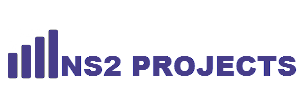- (0)
- 20
Nov Author : NS2 Projects Category : NS2 PROJECTS IN PUNE
Tags : 2015 Ns2 Projects, Ns2 Projects, Ns2 simulator Projects
The applicability of fractional order (FO) automatic generation control (AGC) for power system frequency oscillation damping is investigated in this paper, employing distributed energy generation. The hybrid power system employs various autonomous generation systems like wind turbine, solar photovoltaic, diesel engine, fuel-cell, and aqua electrolyzer, along with other energy storage devices like the battery and […]
Read more